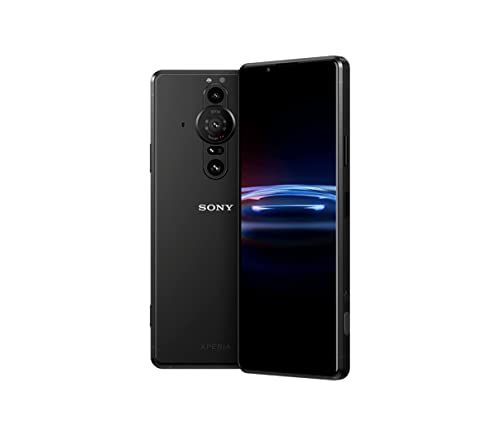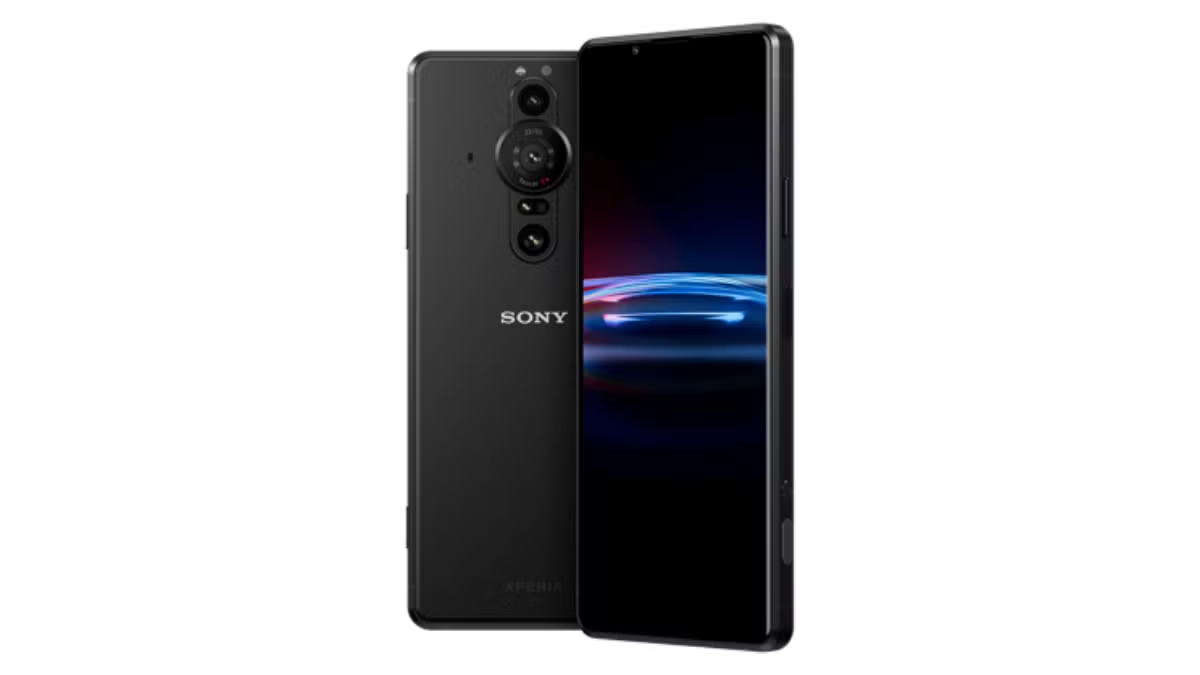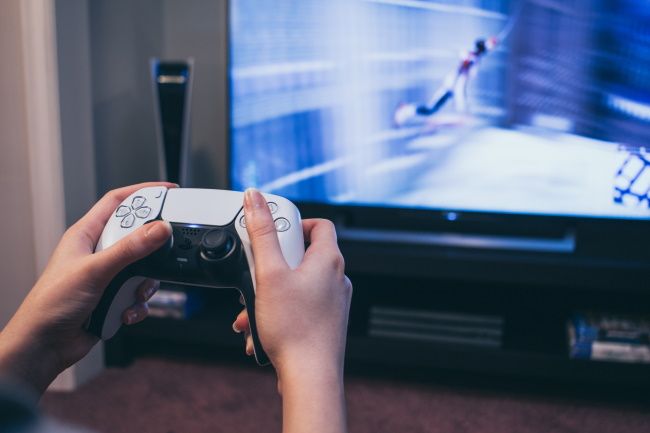Quick Links
4K televisions are quickly becoming the norm, but look through modern smartphones options and there doesn't seem to be a 4K smartphone in sight. Why are 4K screens in smartphones missing in action? There are several reasons for 4K's absence.
4K Smartphones Exist
To be clear, 4K smartphones exist and have been around for years. The Sony Xperia Z5 Premium in 2015 was the first 4K smartphone you could buy. Sony's flagship Xperia phones have featured 4K screens since, but other phone makers haven't followed suit.

Sony Xperia Pro-I
Sony combines both a one-inch camera sensor and true 4K display into a smartphone---for a price.
In a world where marketers love to boast bigger numbers as an easy way to market their new phone as being better than the competition, it seems an easy win to simply pump more pixels into the screen and call it a day. In practice, a 4K screen on a smartphone doesn't make sense for various reasons.
4K On a Smartphone Is Way Beyond "Retina"
Apple realized that in a device such as a smartphone, arbitrary pixel counts don't mean much to users. Instead, they came up with a new metric referred to as "Retina". This is a pixel density threshold beyond which users can't see the individual pixels of the display at normal viewing distances.
There's clearly a subjective element at play here, but at 10-20 inches from the display, you reach "Retina" levels of image quality when you're comfortable past 300 pixels per inch or so.
Using the "Is This Retina?" online calculator, it turns out that a 6.5 inch 4K screen becomes "Retina" at five inches and beyond. We doubt any smartphone users hold their phones closer than 5 inches from their face during normal use. A 4K phone screen would look indistinguishable from a lower resolution screen at typical viewing distances.
Pixels Are Power Hungry
Unlike a TV mounted on your wall or a laptop screen with a large battery, smartphone displays have to take a strict approach to power management. A phone's display is typically the most power-hungry component in the device. When you add more pixels, you need more power to render and light those pixels.
Even modern flagship phones with 1440p screens often default to a lower rendering resolution to balance battery life and image quality. A 4K screen running at its native resolution uses significantly more power than a lower resolution screen of the same size. Smartphone users (rightfully) put a high priority on battery life, and 4K displays need too many compromises in that department with the current state of mobile technology.
Mobile Hardware Isn't Ready
Rendering graphics at 4K isn't a trivial job even for the latest gaming consoles and gaming PCs. The CPU and GPU technology in flagship phones is powerful indeed, but 4K requires four times as many pixels rendered compared to Full HD. With the exception of video content and 2D content such as web pages or photos, most content will be scaled up from a lower resolution than 4K.
Even when native 4K content is shown on your phone's 4K display, it will look the same as 1080p or 1440p content at normal viewing distances. pairing current mobile hardware with 4K displays doesn't make a lot of sense given the relatively limited amount of processing power on offer.
It's Money Better Spent Elsewhere
4K screens, particularly when manufactured at the small sizes used in smartphones, are not cheap. Smartphones have to offer a balance of features within their design budget. The additional cost of a 4K display will either result in a more expensive phone or one that has made cuts in other areas to maintain its price point.
Since 4K displays in smartphones offer few if any tangible benefits to users, it makes more sense to use the portion of the budget in question for better battery life, performance, storage, or any of the other features that users will notice in practical day-to-day use.
There Isn't Really Much Point
While 4K displays may one day be cheap enough and smartphones fast enough to use them, human beings will still be unable to tell, assuming that we don't get upgrades for our eyes at the same time.
Smartphone screen sizes are also limited by our ability to hold and use these devices and aren't likely to get much larger. Even 13" devices such as the 12.9-inch iPad Pro or 13-inch M1 MacBook Pro don't have 4K displays, although it makes marginally more sense at those sizes.
You may be wondering why such small 4K displays exist at all. There are indeed legitimate uses for 4K on small display panels. VR is a prime candidate, where the screen is a mere inch or two from the user's eye. Film professionals also need 4K field monitors, which are scrutinized and used at very close distances.
Do you need a 4K display for your phone? Certainly not today.


